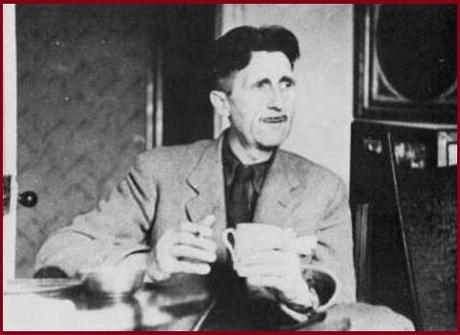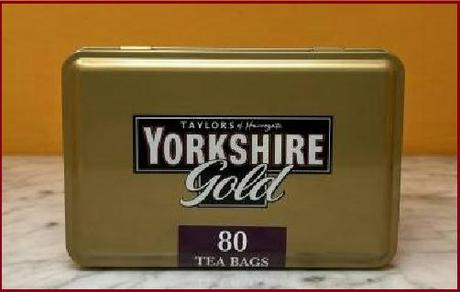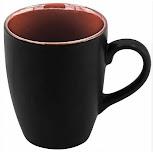One of my oldest friends, Anne, and I agree on a lot of things, I suppose that is why we have been friends for so long. But there is one subject on which there is a deep and uncrossable chasm between us. She insists on having her cups of tea with the milk poured in after the boiling water and I know that it should be poured in first. She now makes her own, even when she is at my place.

What? But...
I shall now put forward my evidence:a) Dr Andrew Stapley, of Loughborough University, has said you should make your tea with the milk poured in first. He found that if you pour milk into a hot brew, the milk will heat unevenly which will cause the proteins in your milk to alter their natural quality.His research also revealed pouring your milk into the cup before the hot water can lower the mineral content of your water and bring back the flavor to an otherwise mediocre brew.b) Alan Mackie of Leeds University, professor of colloid chemistry in the department of food and nutrition, states that adding milk to the cup first prevents flavor loss caused by hard water.Prof Mackie said the minerals found in hard water prevent flavor compounds forming. But milk contains proteins which lower the water’s mineral content, making your tea taste better, according to research the scientist conducted with boiling water tap manufacturer INTU."Flavour by and large is produced by the different compounds in tea including tannins in particular," Prof Mackie said. "The more minerals present in water the more difficult it is for these compounds to develop the flavor - resulting in the dull cuppas you get in hard water areas."Making tea the traditional way - steeping a bag in hot water before removing it and adding milk - results in the tannins turning into solids before they can develop the flavor properly."But, if the milk is added at the start of the steeping process then its proteins can bind to the tannins and other minerals in the water - preventing them from turning solid - which in turn gives you a far superior flavor."I rest my case. But will add that whilst looking up the definitive information above I came across the following from George Orwell’s 1946 essay ‘A Nice Cup of Tea’:
‘When I look through my own recipe for the perfect cup of tea, I find no fewer than 11 outstanding points. On perhaps two of them there would be pretty general agreement, but at least four others are acutely controversial. Here are my own 11 rules, every one of which I regard as golden’. Note the use of the word ‘recipe’.And totally and utterly bizarrely there is an International Standard. ISO 3103 is a standard specifying a standardized method for brewing tea, possibly sampled by the standardized methods described in ISO 1839. It was originally laid down in 1980 as BS 6008:1980 by the British Standards Institution and a revision was published in December, 2019 as ISO/NP 3103. It was produced by ISO Technical Committee 34 (Food products), Sub-Committee 8 (Tea).Point 11) If the test involves milk, then it is added to the bowl before pouring the infused tea into it.Going back to Orwell, he also states that the making of a cup of tea is acutely controversial and can lead to violent disputes. Therefore, I suggest the following before passing on the correct method:

How to Make the Perfect Cup of Tea 2023
WARNING
The following words may cause
Distress Anger Panic
To friends and family
Do NOT use indiscriminately
Use a plain brown half pint mug
Place one Yorkshire Gold teabag in mug
Add two teaspoonfuls of sugar
Cover the bag first with whole milk
Pour boiling water into mug
Stir vigorously with teaspoon
Press bag against side of mug
When liquid is dark brown
Put teabag in bin
Your tea is ready to enjoy

Email ThisBlogThis!Share to TwitterShare to Facebook
